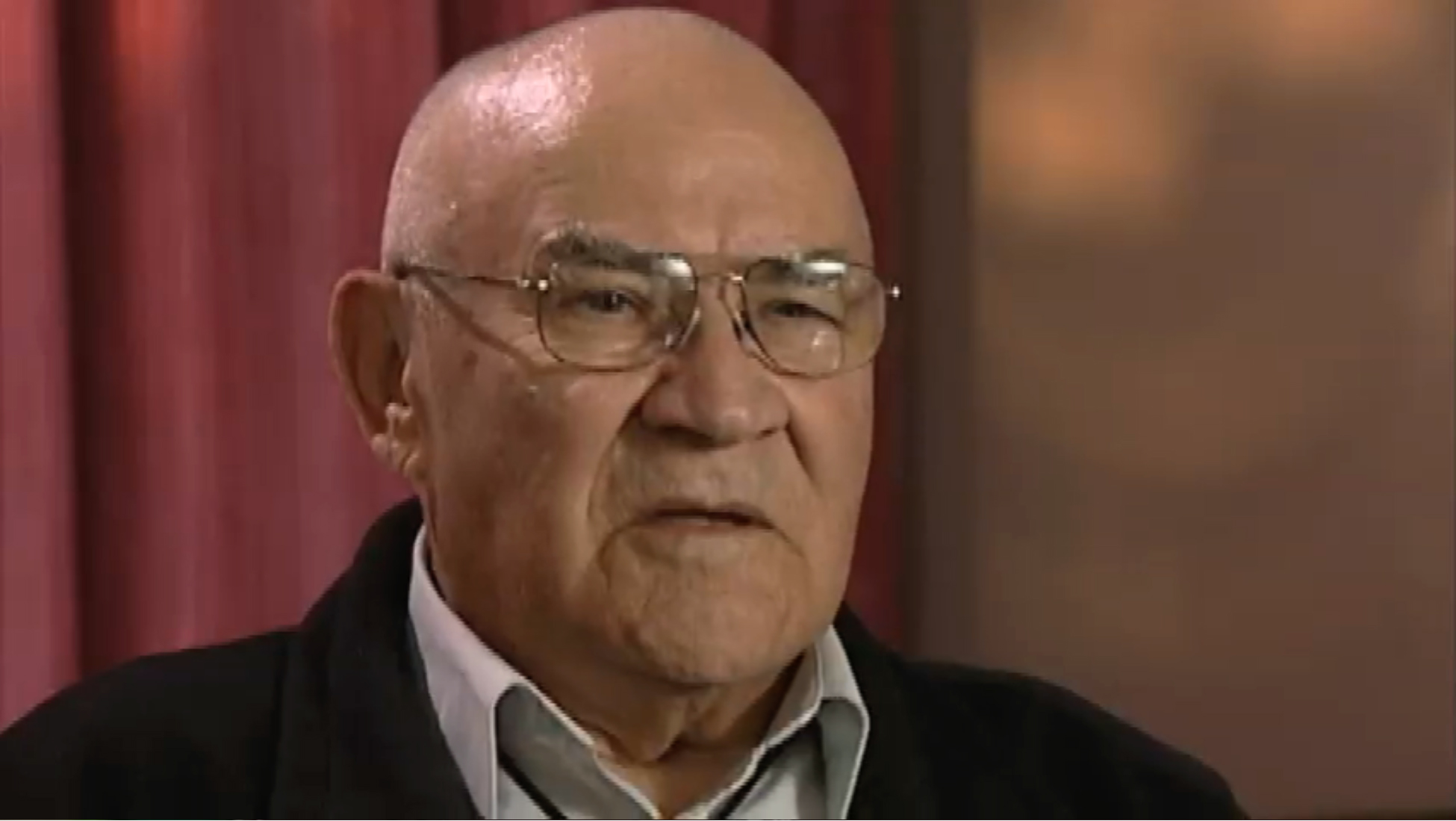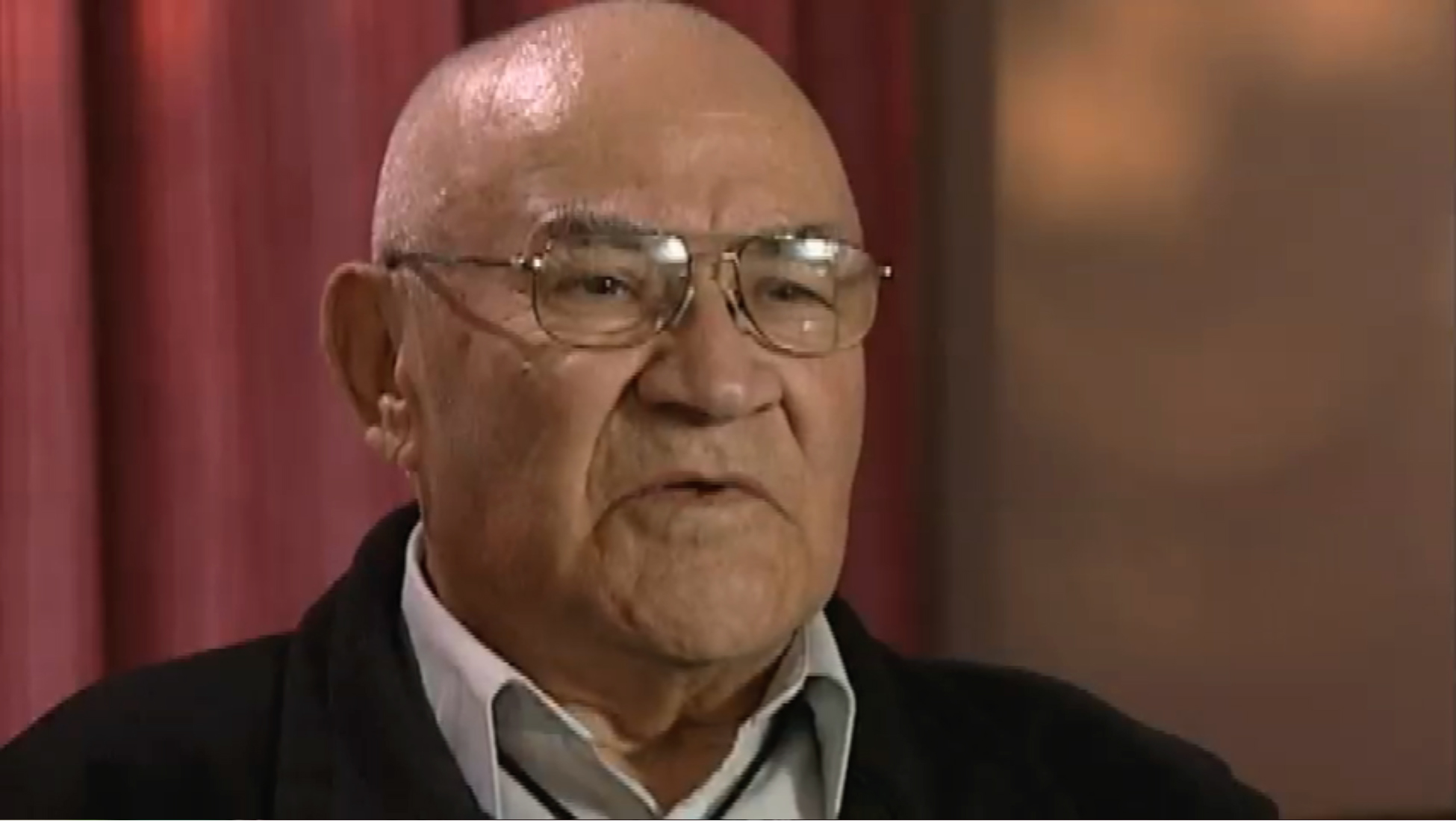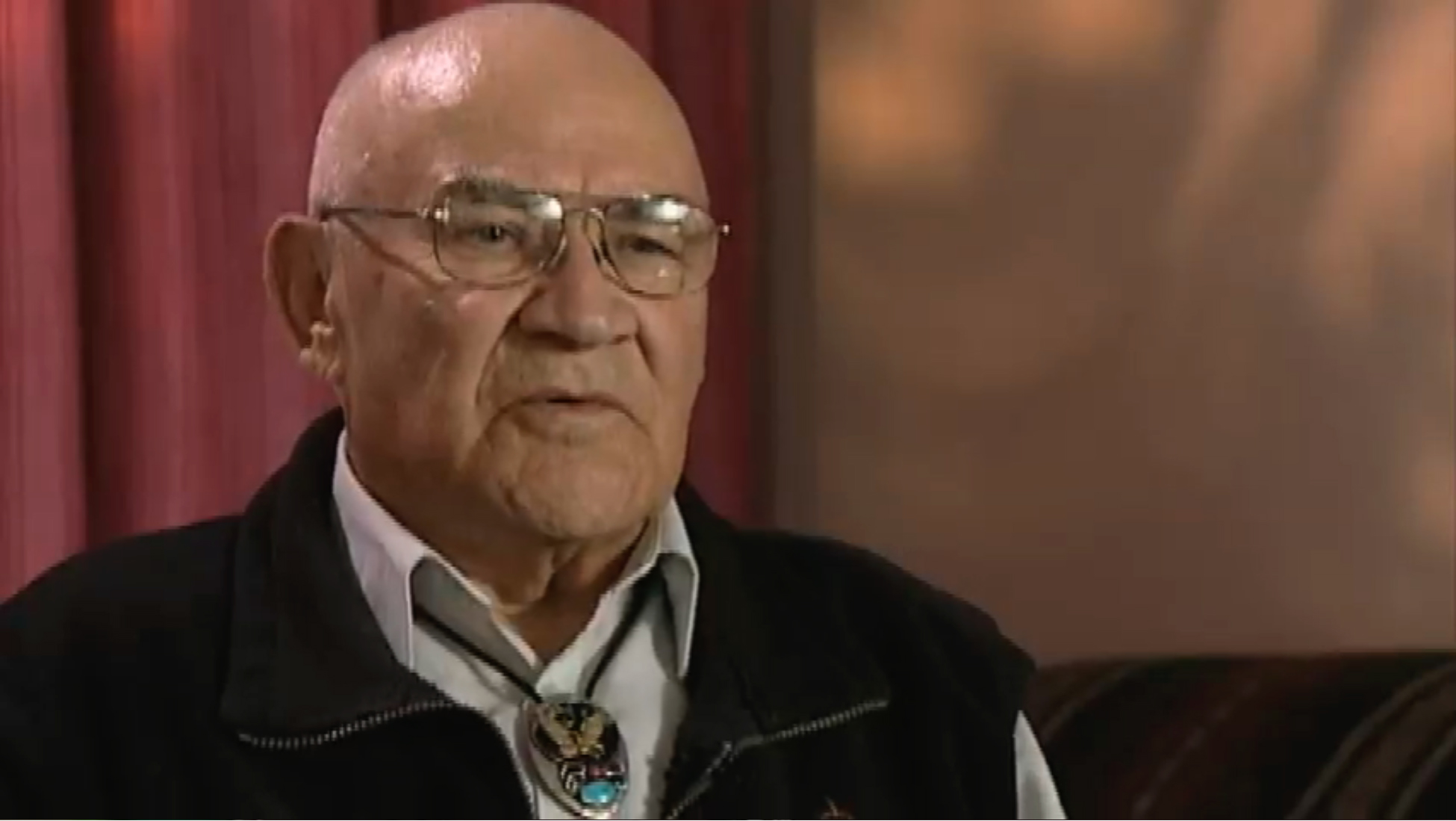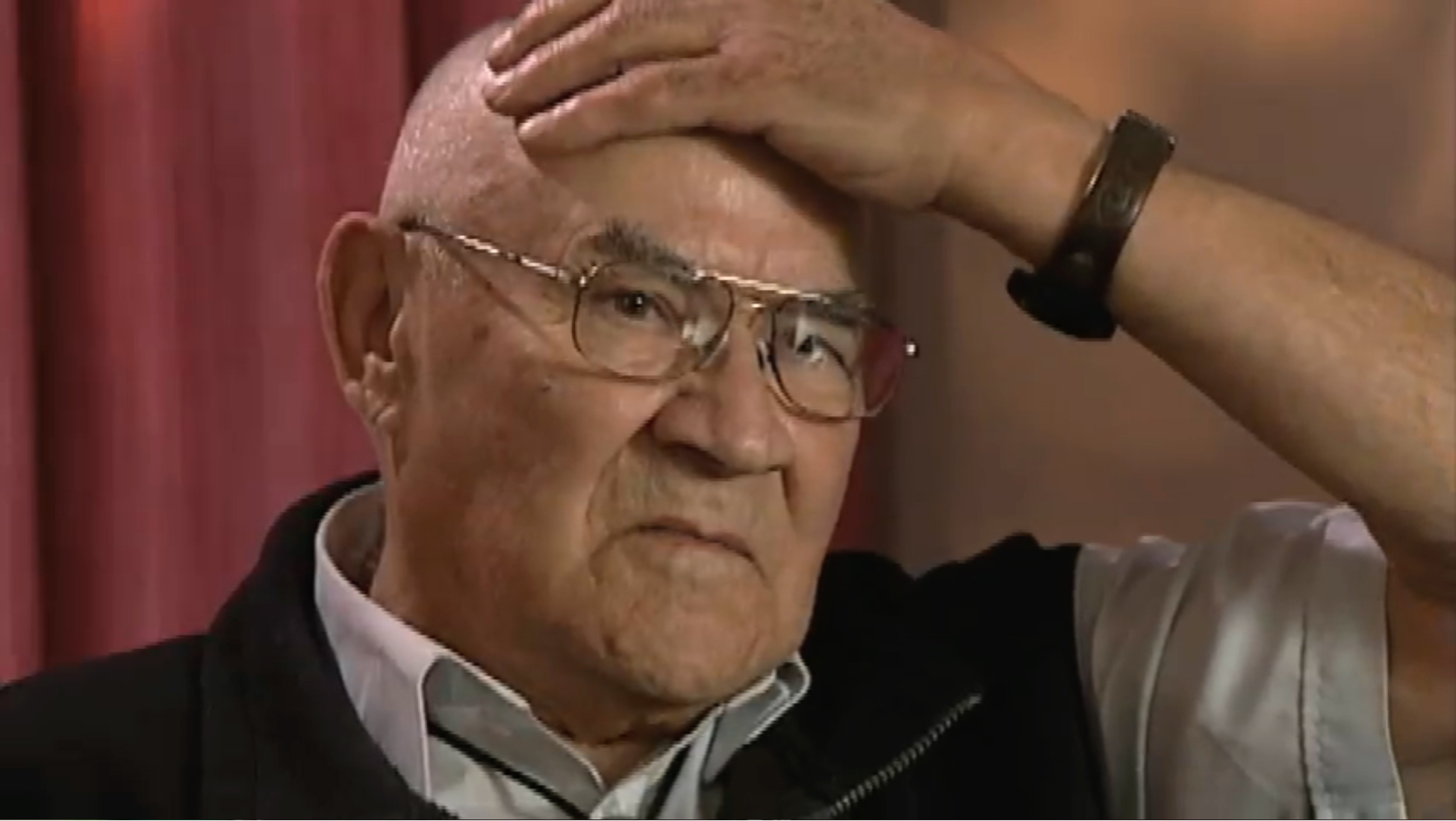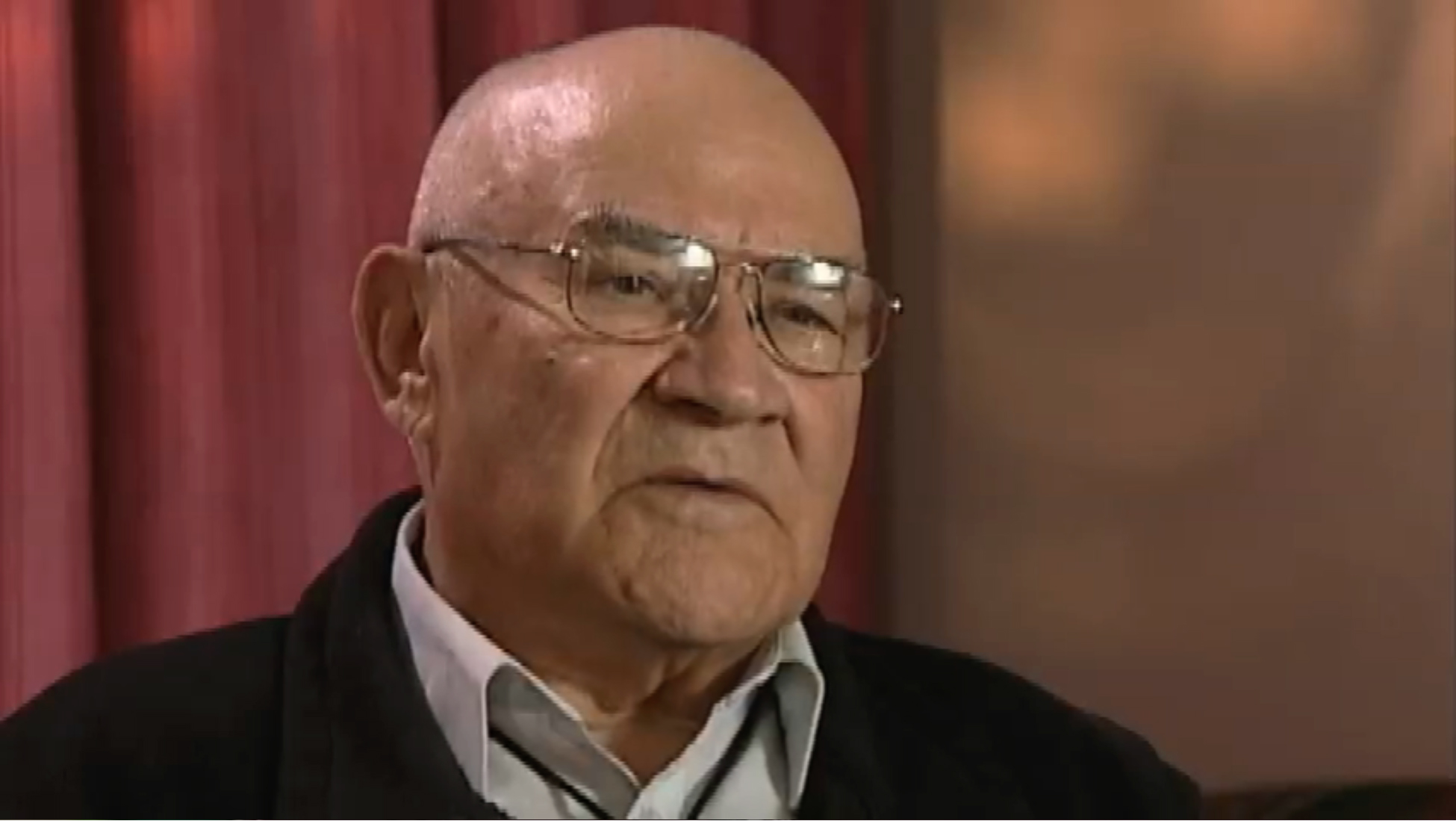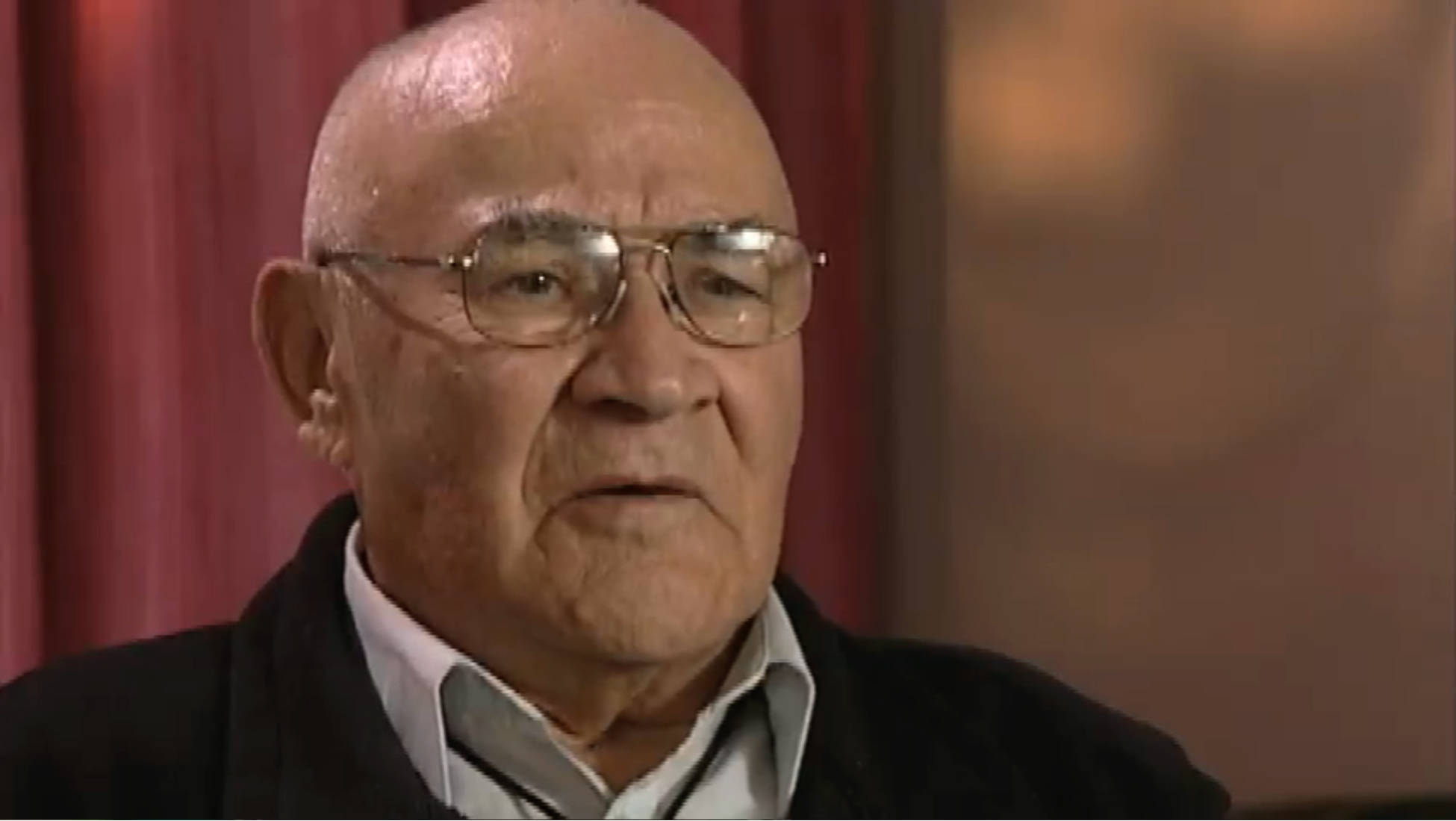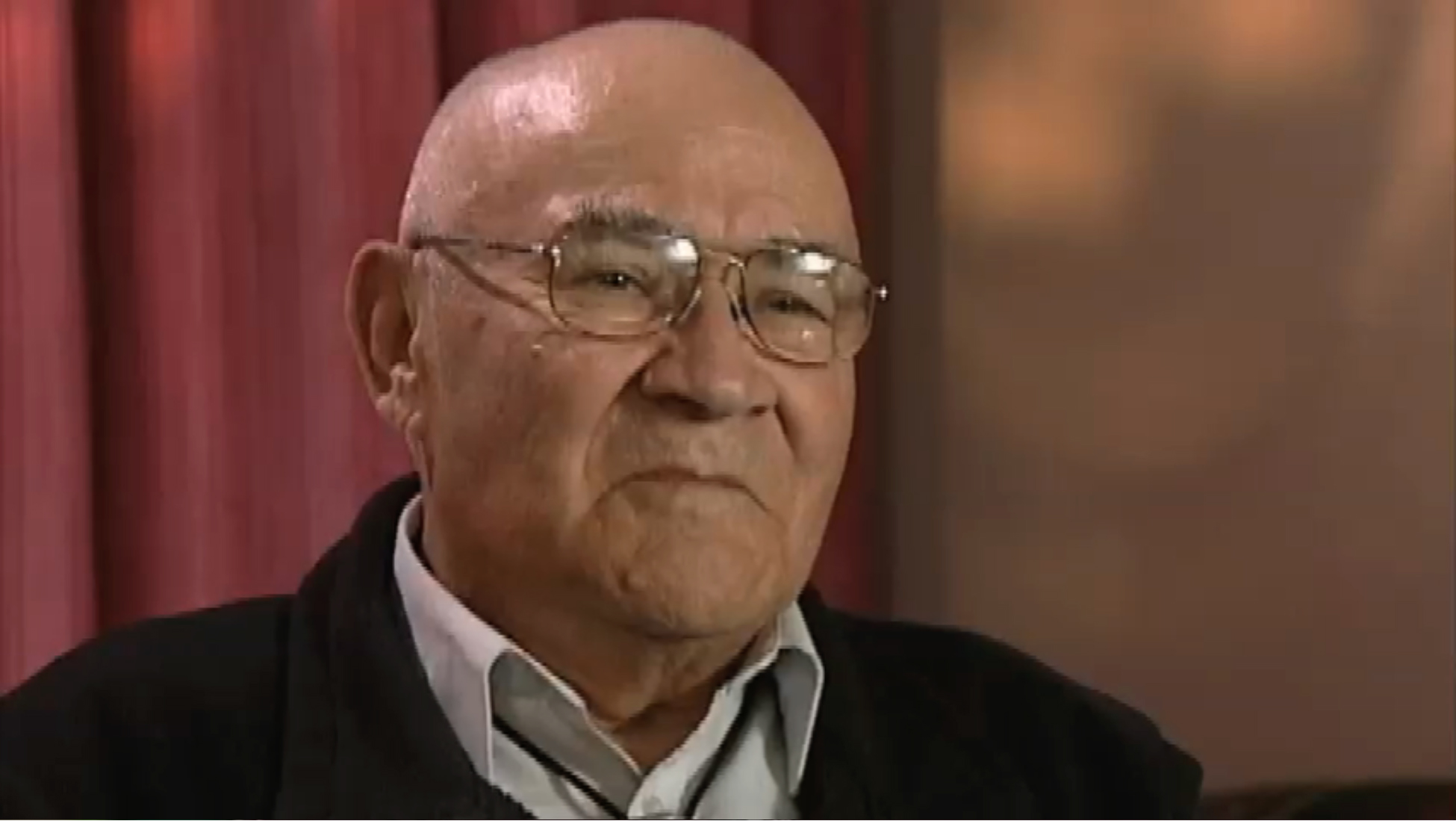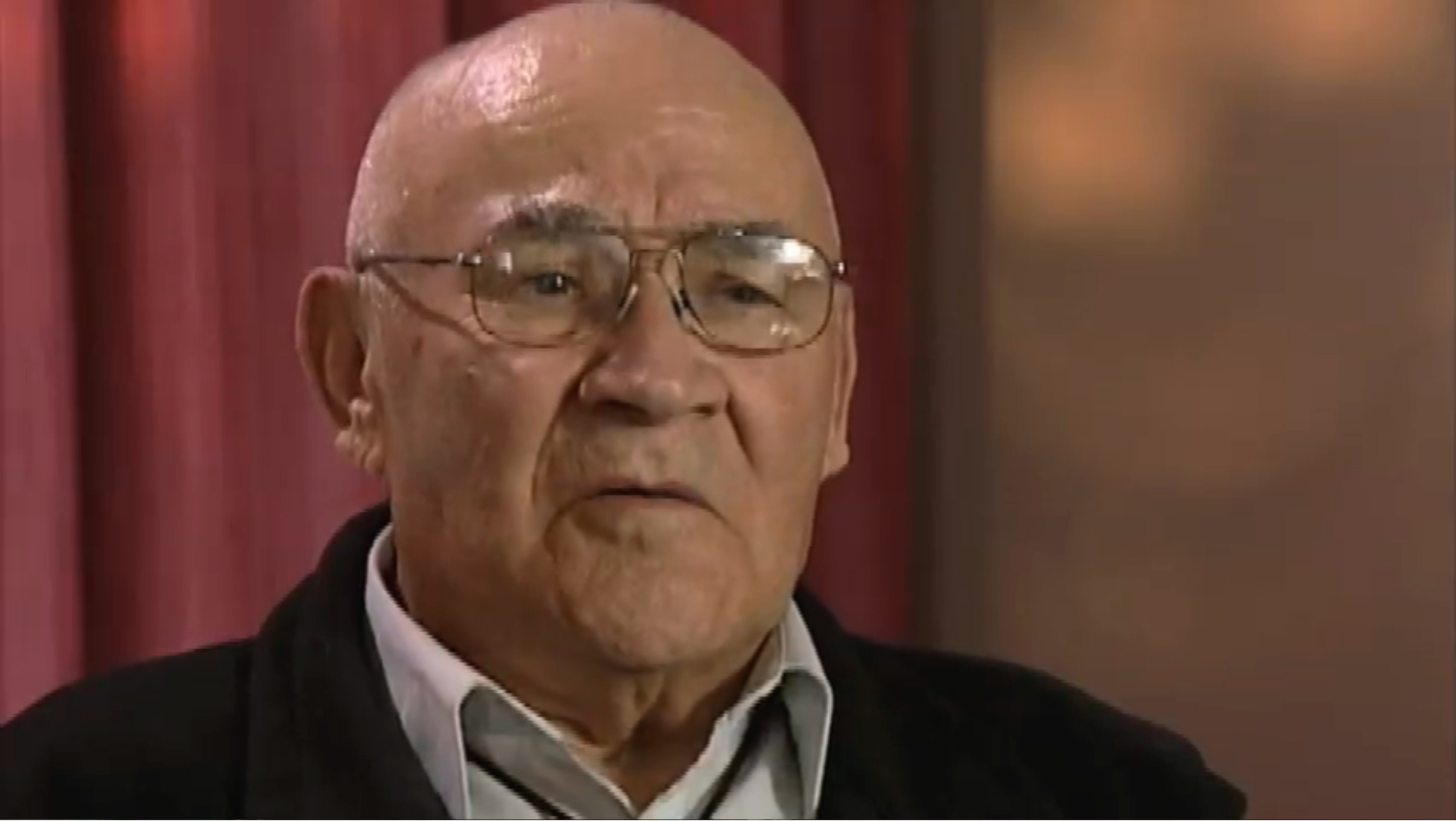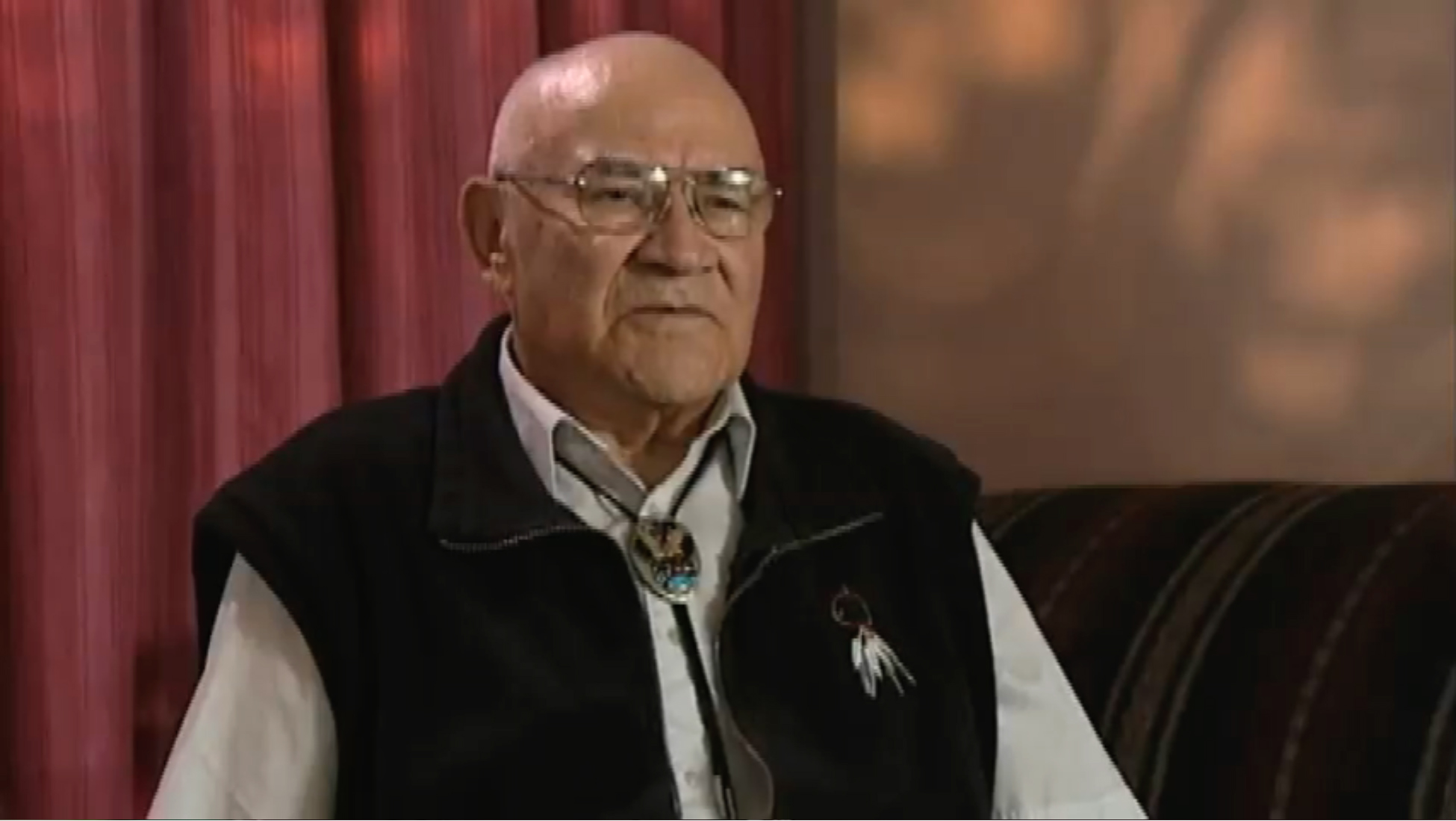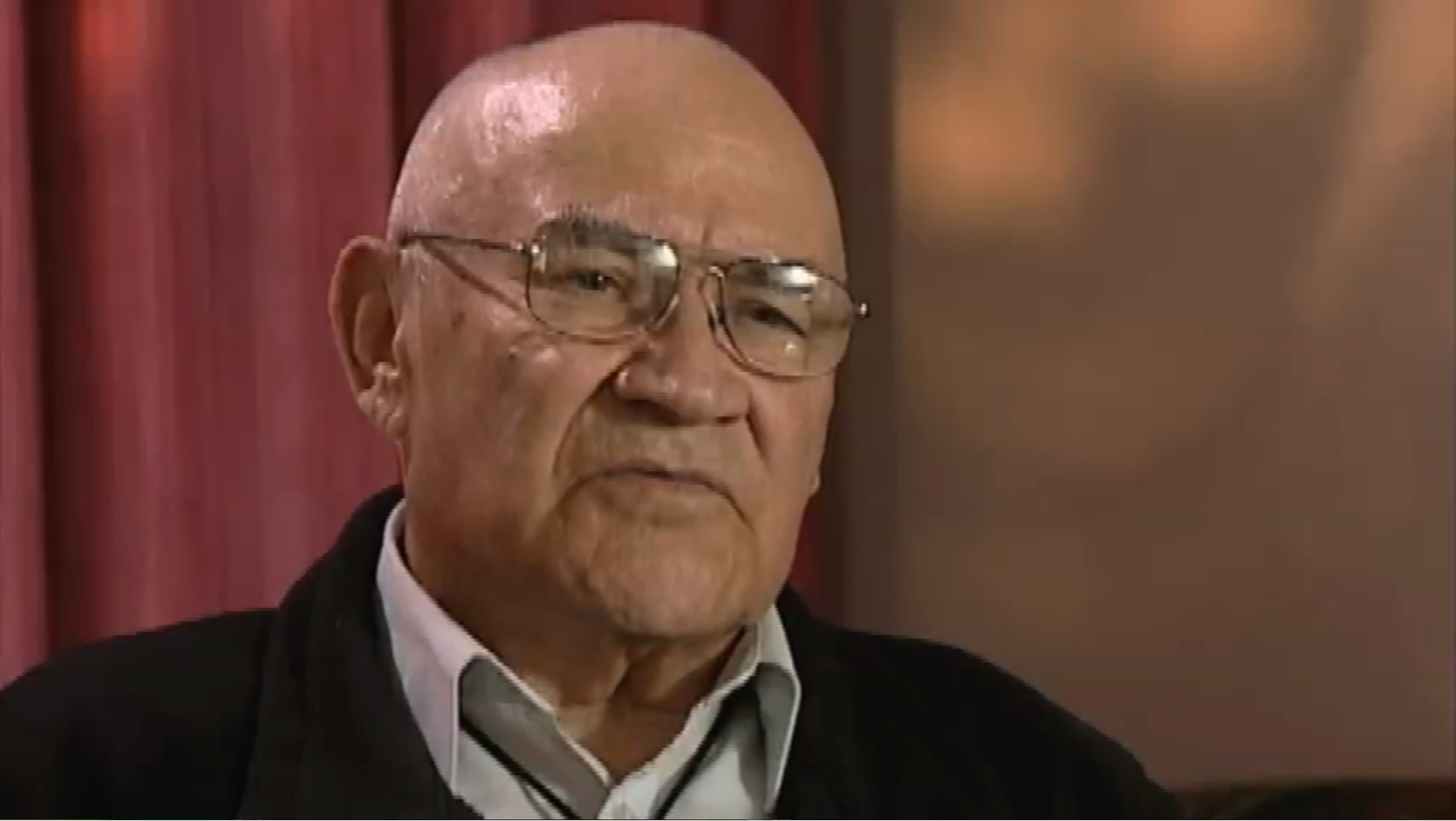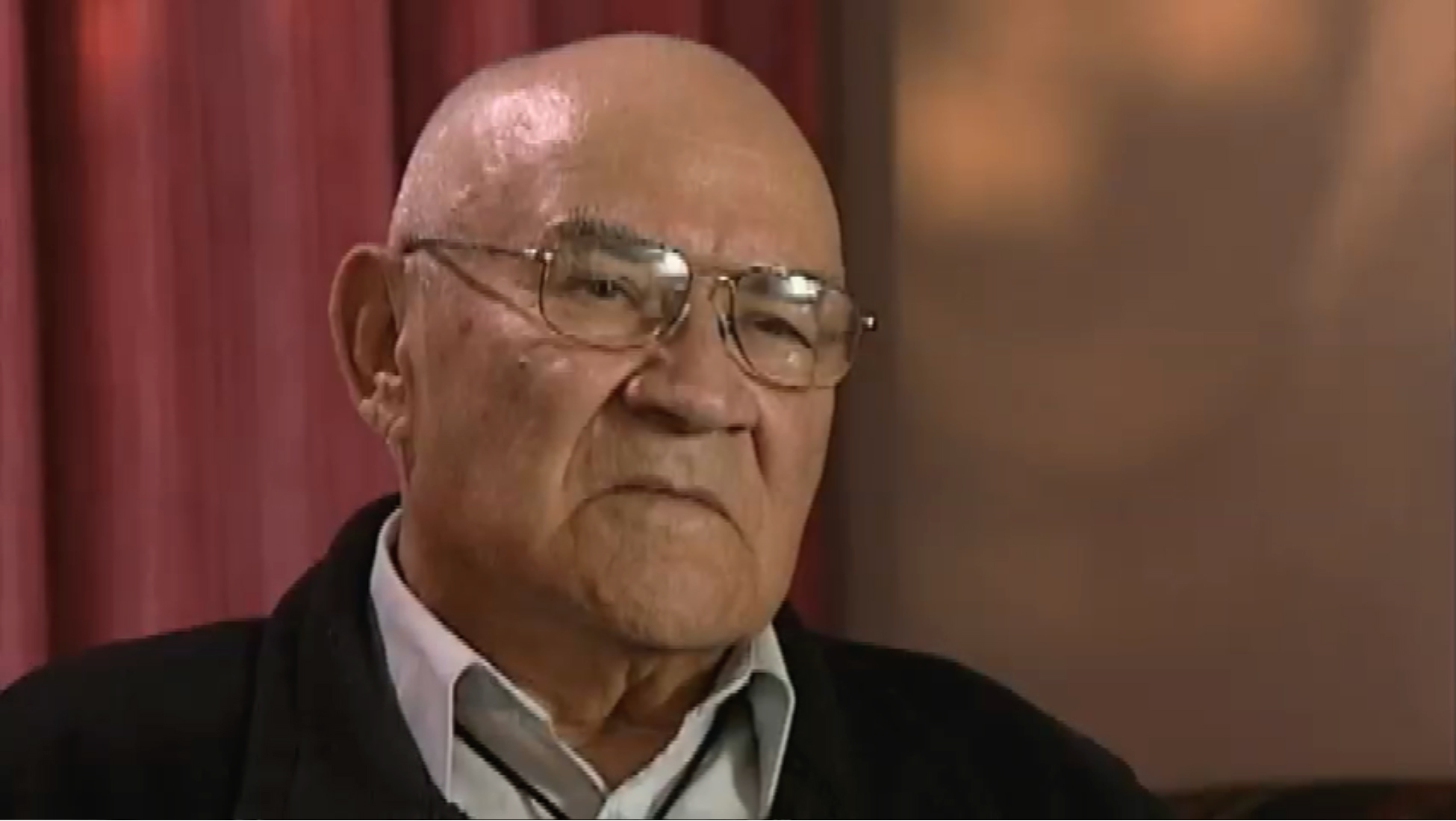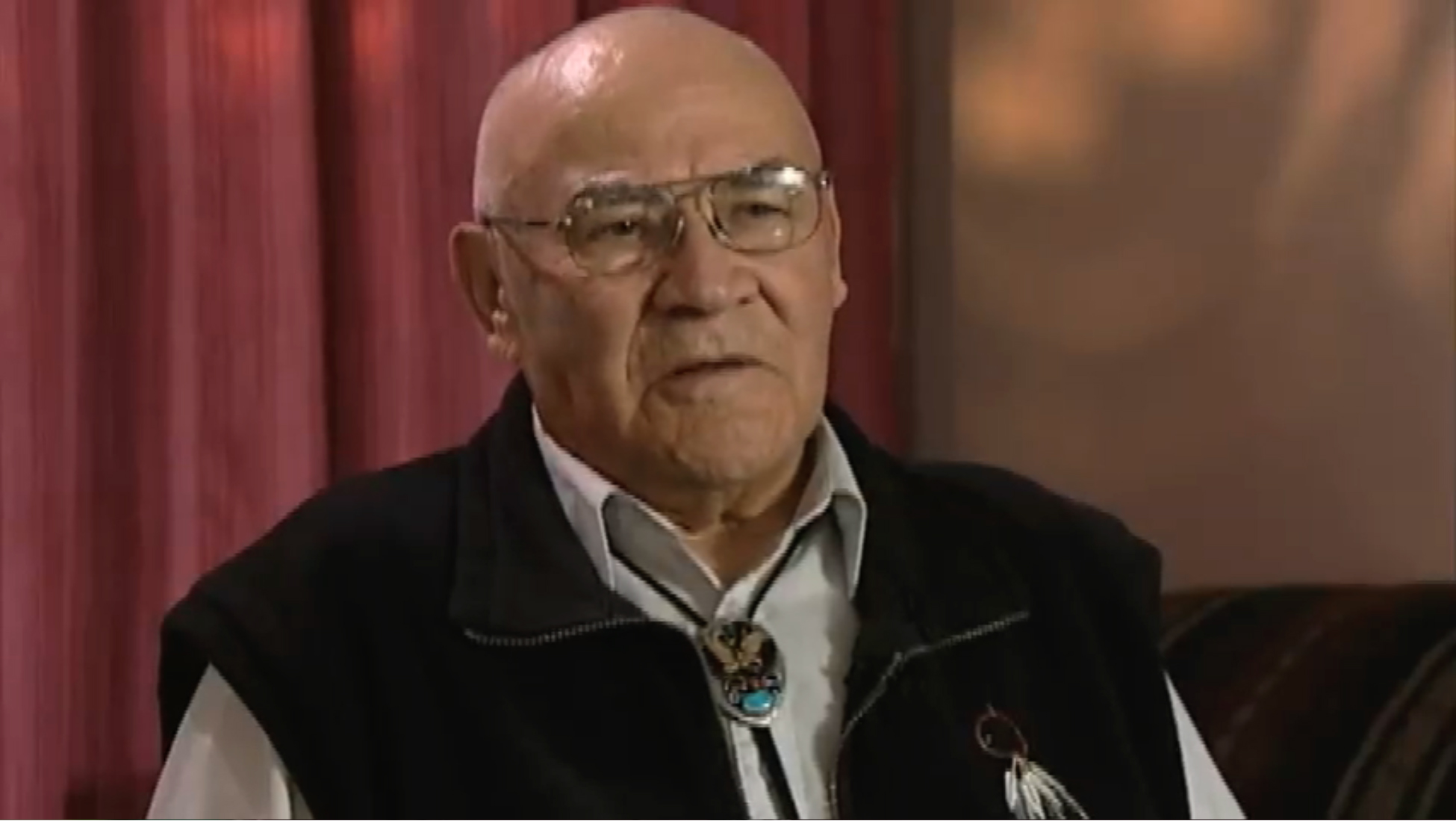Shooting The Enemy
Heroes Remember
Shooting The Enemy
Transcript
Description
Mr. Toney describes his inexplicable sense of immortality and how he rationalized killing the enemy.
John Martin Toney
John Martin Toney was born on September 26, 1923 on the Neskonlith Reserve, British Columbia. The strongest influence in his life was his grandfather, who taught him spirituality, life and survival skills. Mr. Toney feels that at that time he was being groomed to become a Chief. By the age of eight, he was hunting game to help feed his family. He later worked at a ranch and then as a carpenter. Proud to enlist, the army’s restrictive criteria forced Mr. Toney to renounce his Aboriginal heritage and designate himself an Irish Catholic. He was accepted by the Seaforth Highlanders, Engineering Corps, based on his success at demolition. His first action saw him in the second wave at Dieppe where he witnessed much death and suffering. Agile in the field, he hand-picked and led many reconnaissance and demolition patrols against the Germans. Mr. Toney was wounded twice, and after his second recovery, finished the war as motorcycle dispatch rider. He then signed up for Pacific duty, returning home early
Meta Data
- Medium:
- Video
- Owner:
- Veterans Affairs Canada
- Duration:
- 3:10
- Person Interviewed:
- John Martin Toney
- War, Conflict or Mission:
- Second World War
- Location/Theatre:
- France
- Branch:
- Army
- Units/Ship:
- Seaforth Highlanders
- Occupation:
- Engineer
Related Videos
- Date modified:



